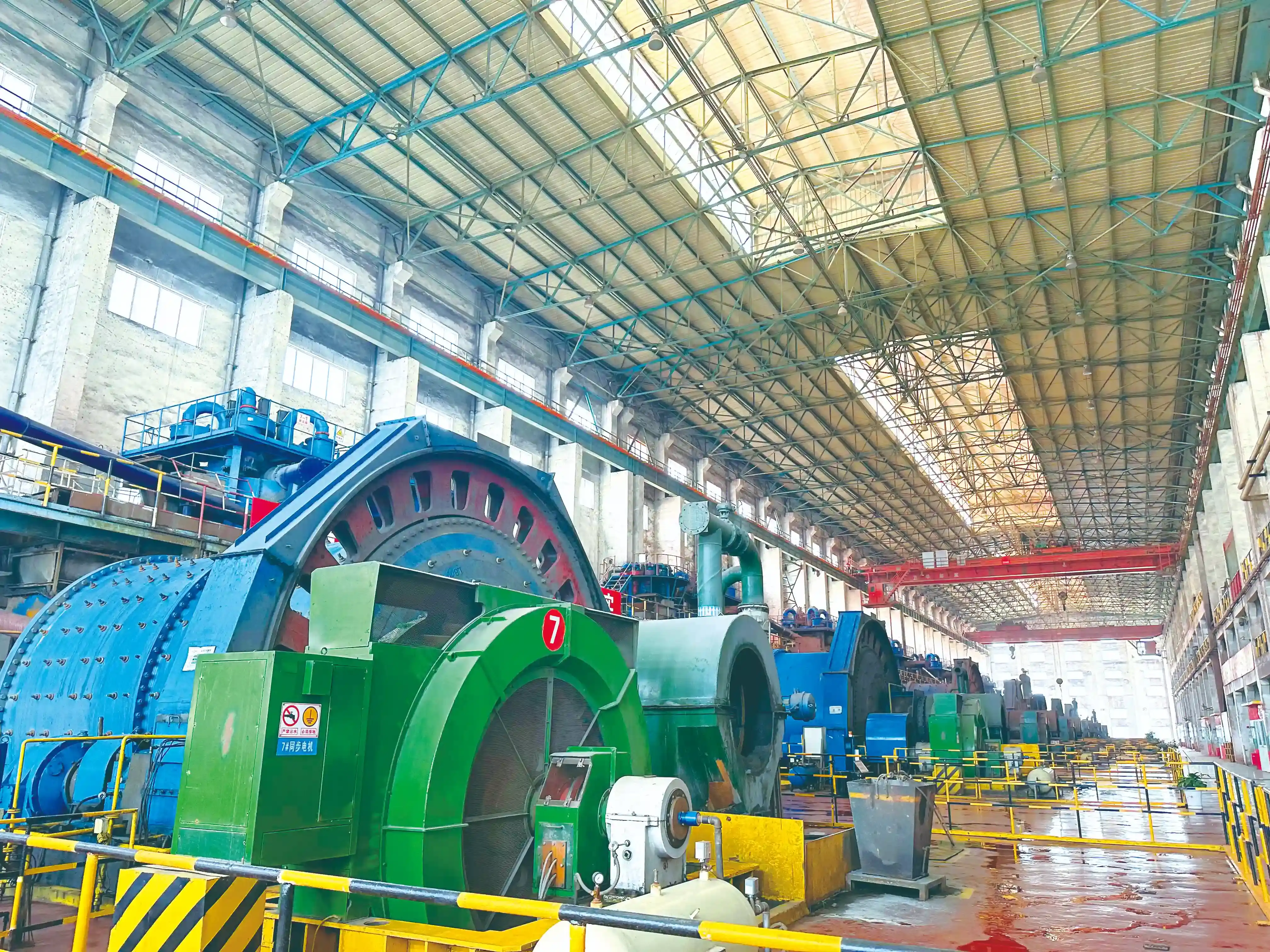Key Indicators for Monitoring Media Wear Rates
Tracking media consumption in ball mills requires careful observation of several key indicators. By monitoring these factors, operators can gain valuable insights into the wear rates of grinding media and make informed decisions about maintenance and replacement schedules.
Weight Loss Measurements
One of the most direct methods for assessing media wear is through weight loss measurements. This involves periodically weighing a sample of ball mill media to determine the rate at which they are losing mass. By comparing the current weight to the original weight, operators can calculate the percentage of wear over time.
Mill Power Draw
The power draw of the ball mill can provide valuable information about media consumption. As grinding balls wear down, they become smaller and lighter, resulting in a decrease in the mill's power requirements. Monitoring changes in power draw can help identify when media replacement is necessary.
Particle Size Distribution
Analyzing the particle size distribution of the ground material can offer insights into media wear. As grinding balls deteriorate, their ability to effectively reduce particle size diminishes. Regular particle size analysis can help detect changes in grinding efficiency that may be attributed to media wear.
Advanced Technologies for Real-Time Media Consumption Tracking
Modern advancements in technology have introduced innovative solutions for monitoring ball mill media consumption in real-time. These technologies offer more precise and continuous data collection, enabling operators to make timely decisions and optimize grinding processes.
Sensor-Based Monitoring Systems
Advanced sensor technologies can be installed within ball mills to provide continuous monitoring of media wear. These systems may include:
- Acoustic sensors that detect changes in the sound profile of the mill, indicating media wear
- Vibration sensors that measure alterations in mill dynamics as grinding balls deteriorate
- Load cells that continuously monitor the weight of the mill, providing data on media loss over time
Computer Vision and Machine Learning
Cutting-edge computer vision systems, coupled with machine learning algorithms, can be employed to analyze images or video footage of the mill discharge. These systems can:
- Detect and measure the size of worn media particles in the mill output
- Identify patterns in media wear rates and predict future consumption
- Provide real-time alerts when media replacement thresholds are approached
Digital Twin Technology
Digital twin technology creates a virtual replica of the grinding circuit, allowing operators to simulate and predict media wear based on operational data. This advanced modeling can:
- Forecast media consumption rates under various operating conditions
- Optimize grinding parameters to minimize media wear
- Facilitate proactive maintenance scheduling based on predicted wear patterns
Optimizing Media Replacement Strategies in Grinding Circuits
Effective management of ball mill media consumption extends beyond monitoring to implementing strategic replacement practices. By optimizing media replacement strategies, operators can enhance mill efficiency, reduce downtime, and minimize operational costs.
Implementing a Staged Replacement Approach
Rather than replacing all grinding media at once, a staged replacement approach can maintain consistent mill performance while spreading out replacement costs. This method involves:
- Gradually introducing new media while removing worn balls
- Maintaining an optimal mix of new and partially worn media
- Adjusting replacement rates based on observed wear patterns and production demands
Utilizing Wear-Resistant Media Materials
Selecting high-quality, wear-resistant grinding media can significantly impact consumption rates and replacement frequency. Considerations for media selection include:
- Evaluating different alloy compositions for improved durability
- Assessing the trade-offs between initial costs and long-term wear resistance
- Experimenting with composite materials that offer enhanced longevity
Balancing Media Size Distribution
Maintaining an optimal distribution of media sizes within the mill can improve grinding efficiency and reduce overall wear. Strategies for achieving this balance include:
- Regularly assessing the size distribution of grinding media
- Implementing a top-up system to replace smaller, worn media with larger new balls
- Adjusting the initial media charge composition based on observed wear patterns
FAQ
1. How often should ball mill media be replaced?
The frequency of media replacement depends on various factors, including the material being ground, operational parameters, and media quality. Typically, partial replacements are made periodically, with a complete change-out occurring every 6-18 months, depending on wear rates and production requirements.
2. What factors affect the wear rate of grinding media?
Several factors influence media wear rates, including the hardness of the material being ground, mill speed, ball charge volume, media material composition, and the presence of corrosive elements in the grinding environment.
3. Can different types of media be mixed in a ball mill?
Yes, it is possible to mix different types of media in a ball mill. Some operations use a combination of high-chrome and low-chrome balls or a mix of different sizes to optimize grinding performance. However, the specific combination should be carefully determined based on the grinding requirements and material characteristics.
Enhancing Your Grinding Circuit's Efficiency
Ensuring the most efficient grinding circuit efficiency requires precise monitoring and control of ball mill media consumption. Operators may optimise replacement plans, get access to sophisticated monitoring systems, and keep updated about the latest advancements in grinding media by working closely with a ball mill media manufacturer. They are able to save operating expenses and increase efficiency because to their partnership.
Contact our team of experts at any time for advice on how to choose the best grinding media for your needs and how to set up efficient monitoring systems. Contact us at sales@da-yang.com or sunny@da-yang.com to discuss your specific needs and discover how we can help optimize your grinding operations.









